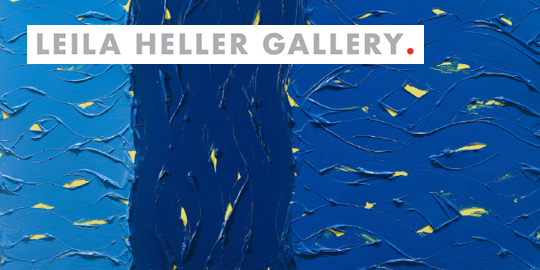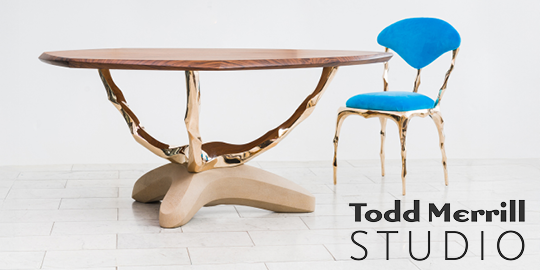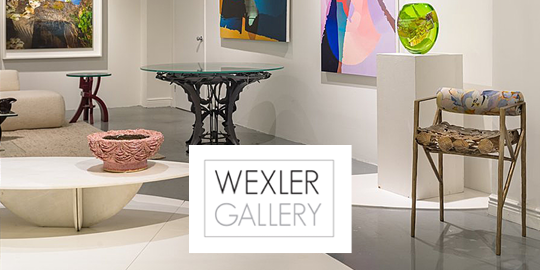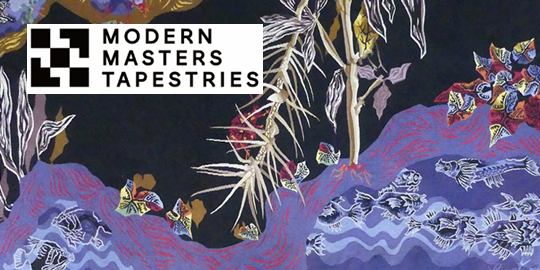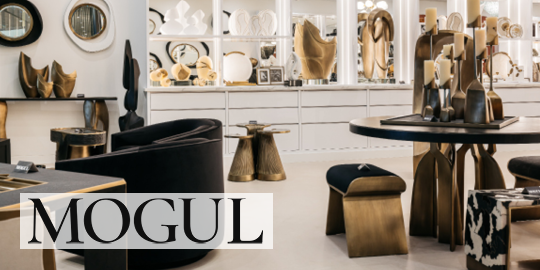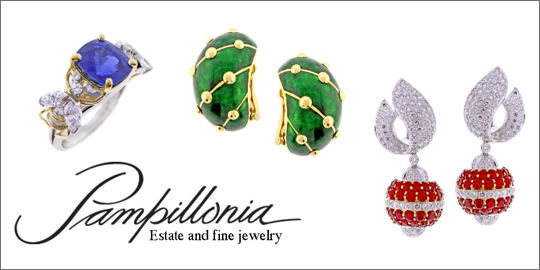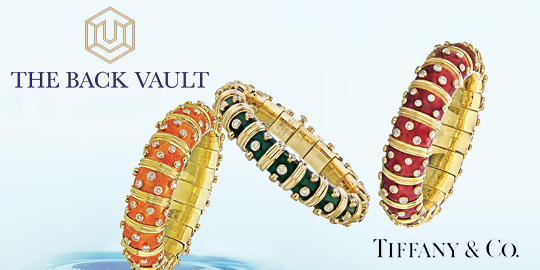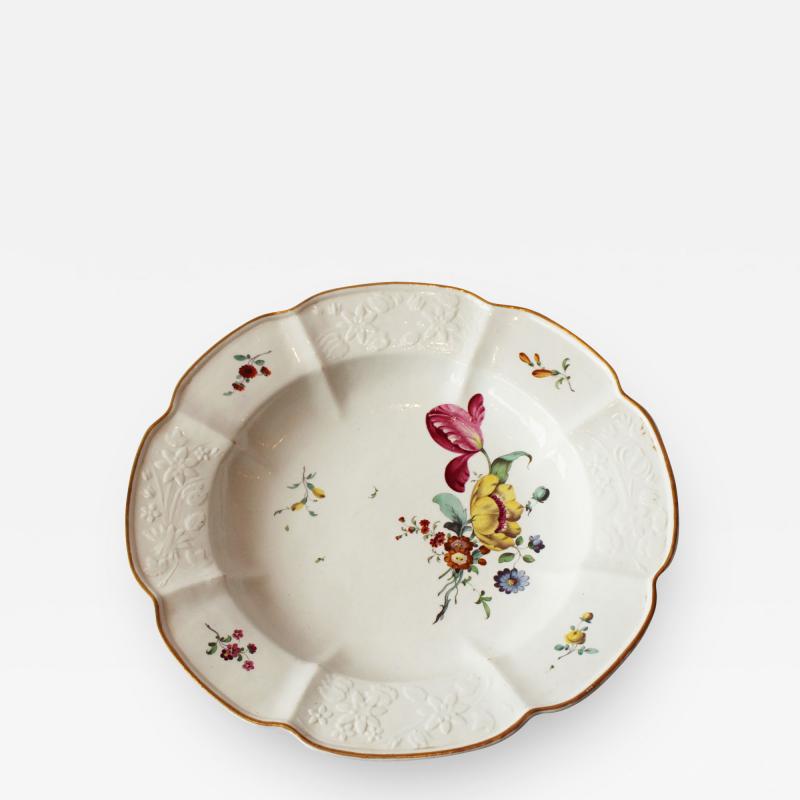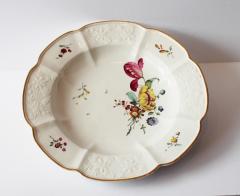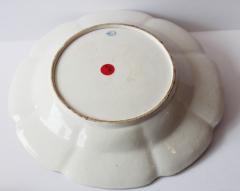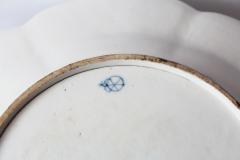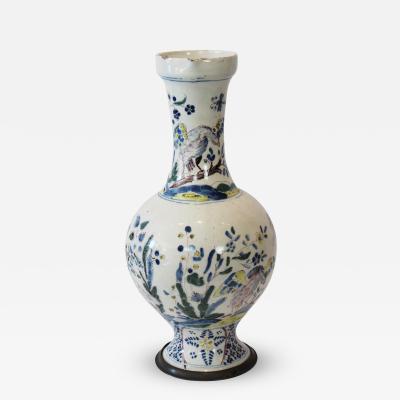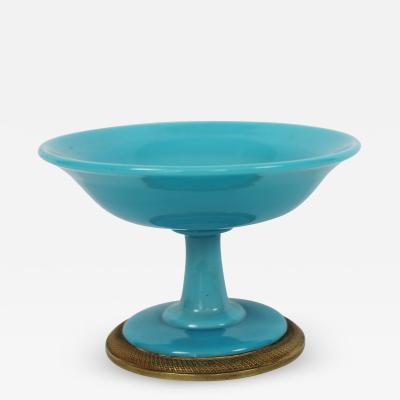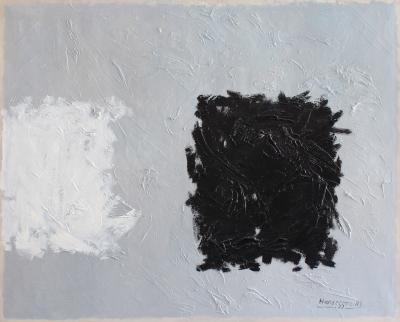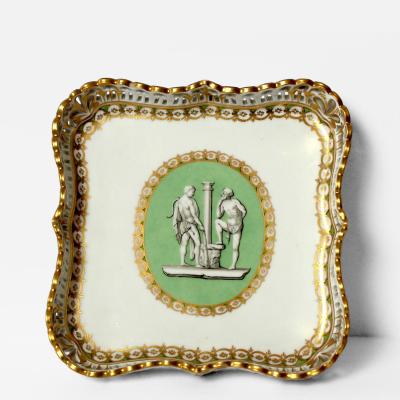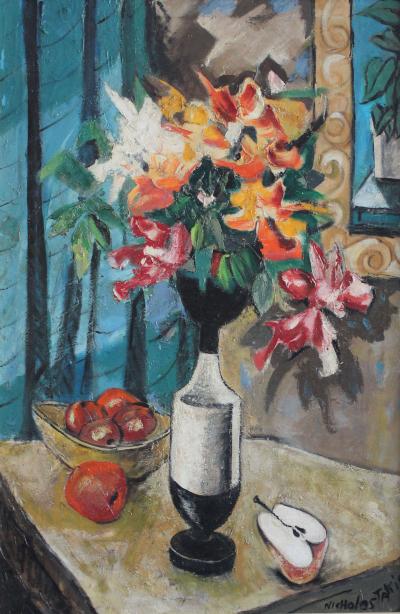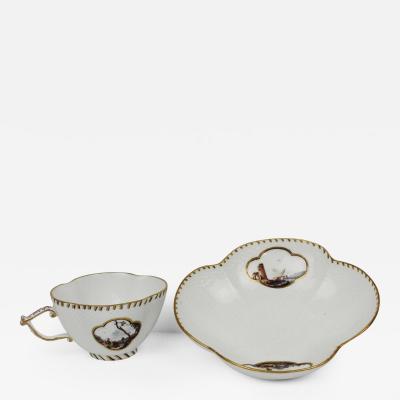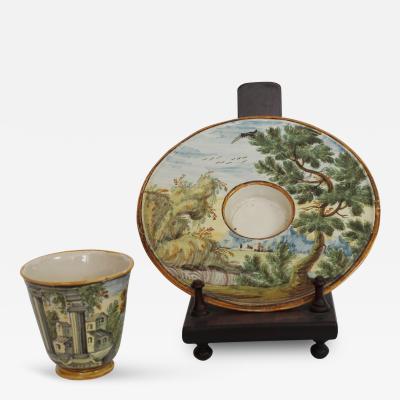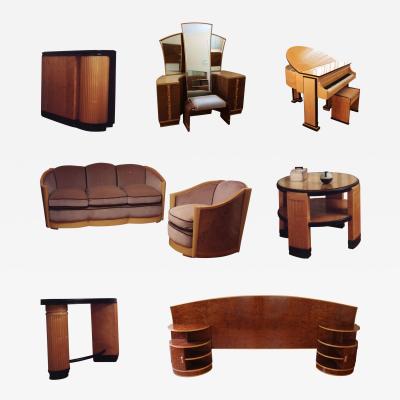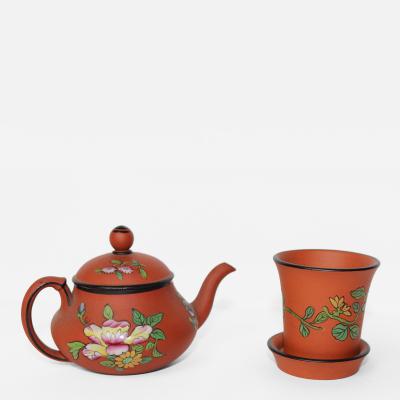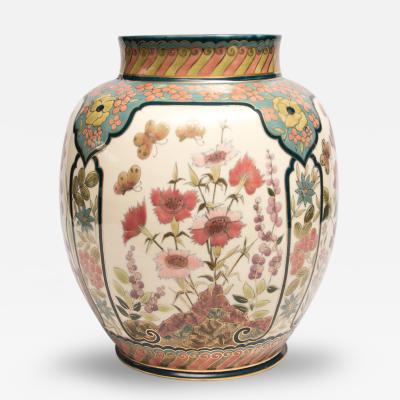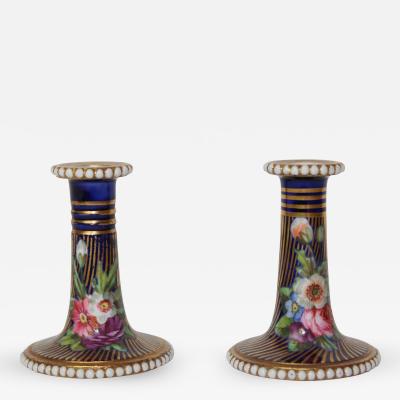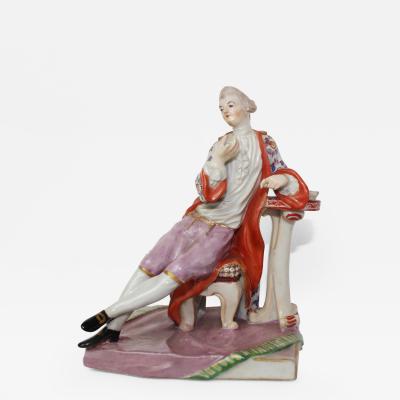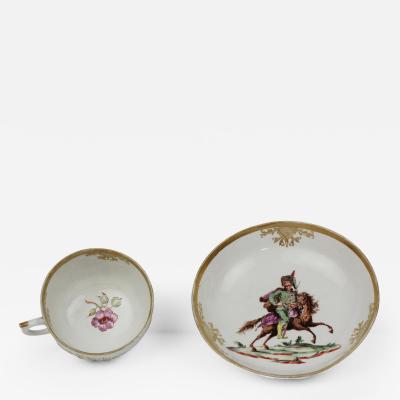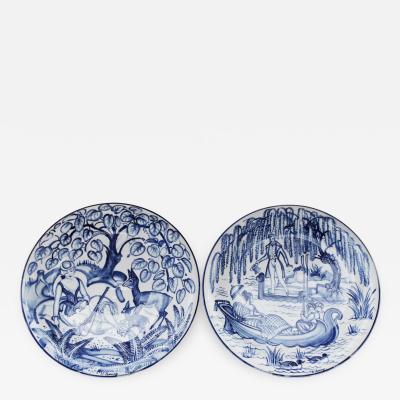A Fine and Impressive Relief Decorated and Hand Painted 18th Century German Porcelain Hochst Decorative Plate or Shallow Bowl.
Superbly designed, painted and rendered in tasteful fashion with gilt rim, the underside bearing the underglaze blue "wheel mark with a crown".Circa 1765
The Hochst porcelain factory was established in the Hesse länder (one of the federal administrative regions) in Germany in 1746 by Johann Christoph Göltz and Johann Felicius Clarus. For the first 50 years of production, thanks to patronage of the Elector of Mainz, the factory enjoyed a monopoly on the production of porcelain. It is suggested that under its first technical director, Adam Friedrich Löwenfinck, only faience was produced and that true porcelain began to be produced only when Johannes Benckgraff took over from Löwenfinck in 1749. Löwenfinck’s tenure lasted until 1753, when he moved to Fürstenburg. Production of figurines, dishes and elaborate vases continued in Mainz until 1796, when the factory was closed as a result of the French Revolutionary Wars and the siege and occupation of Mainz. After interim periods of operation in Damm (mainly earthenware pieces produced using the Höchst moulds, 1840-1884), Bonn (1884-1903) and Passau (1903-1942), the Hochst factory was re-established in Frankfurt in 1947 and continues in production to this day.


